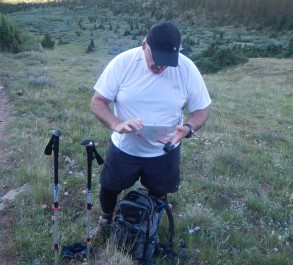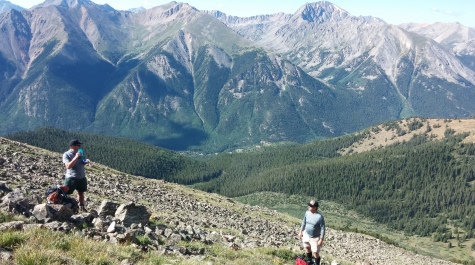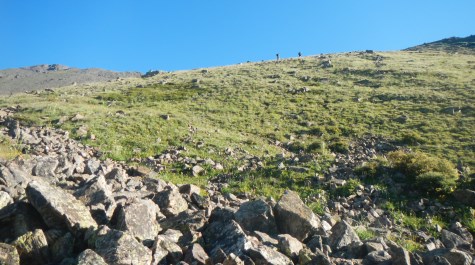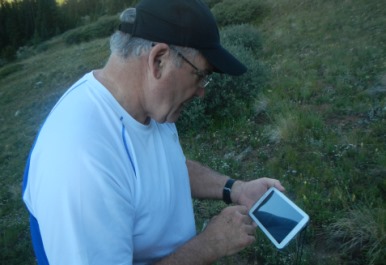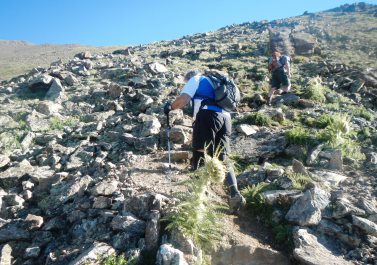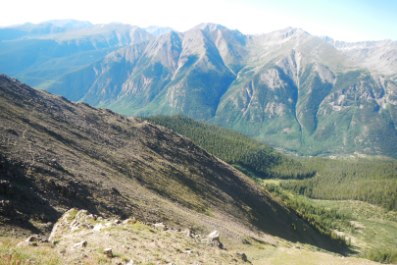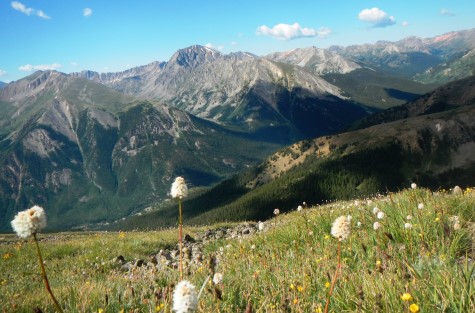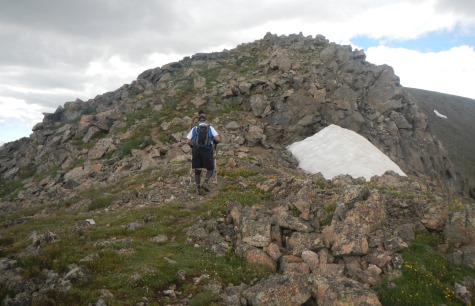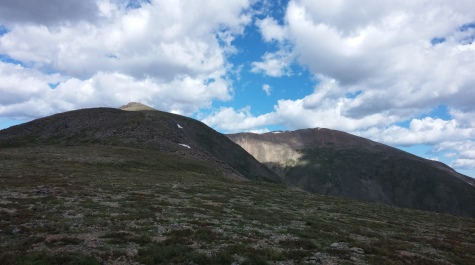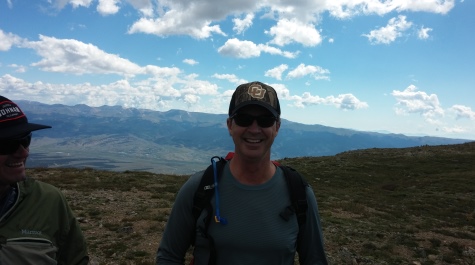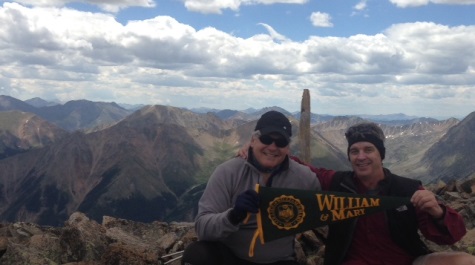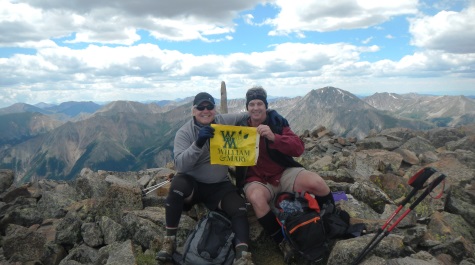Mount William and Mary
On August 8, 2014, Professor Ken Kambis and Senior Instructor Kim Whitley of the Kinesiology & Health Sciences Department, successfully summited a 14,134 ft. Colorado mountain, unofficially referred to as Mount William & Mary. The ascent was part of a high altitude research project to determine if pre-acclimation in a normobaric hypoxia chamber would reduce the severity of acute mountain sickness during an actual field climb. Professor Kambis and Mr. Whitley pre-acclimated in a normobaric hypoxia chamber located in the Department of Kinesiology & Health Sciences’ Jack Borgenicht Altitude Physiology Research Facility. The “normobaric” hypoxia chamber keeps the atmospheric pressure at sea level values while reducing the fraction of oxygen in the inspired air to physiologically simulate altitudes up to 25,000 ft. For this climb, pre-acclimation utilized simulated altitudes of 10,000 ft., 12,000 ft., and 14,000 ft. over a period of four days after which the subjects immediately flew to Colorado to climb the mountain that is herein referred to as Mount William & Mary.
Some scientists think only hypobaric hypoxia, which keeps atmospheric oxygen content at 20.93% while reducing atmospheric pressure to simulate high altitude, works as a pre-acclimation treatment. Most research to date has utilized hypobaric chambers to test the effect of both normobaric and hypobaric hypoxic pre-acclimation.
This pilot study field climb of the 14,134 ft. mountain near Leadville, Colorado also was used to plan logistics for a future study involving numerous volunteer subjects who would pre-acclimate in the normobaric hypoxia chamber prior to a high altitude climb.
Mount William & Mary is a currently unnamed geographical feature that has been referred to in the past as South Elbert. After a previous climb of this mountain in 1997 by Kambis and Whitley during a research project, Professor Kambis applied to the U.S. Board on Geographic Names to name the mountain Mount William & Mary. Although that application did not result in an official naming of the geographic feature, the possibility of naming it Mount William & Mary was not permanently denied. Because this mountain is adjacent to several other 14,000+ft. peaks named after prominent universities in the Collegiate Peaks section of the Sawatch Range in the San Isabel National Forest, Professor Kambis is revisiting the naming of this unnamed peak with the U.S. Board on Geographic Names. The effort to officially name Mount William & Mary, however, is secondary to the research project recently completed as well as any related high altitude research projects proposed for the future.















